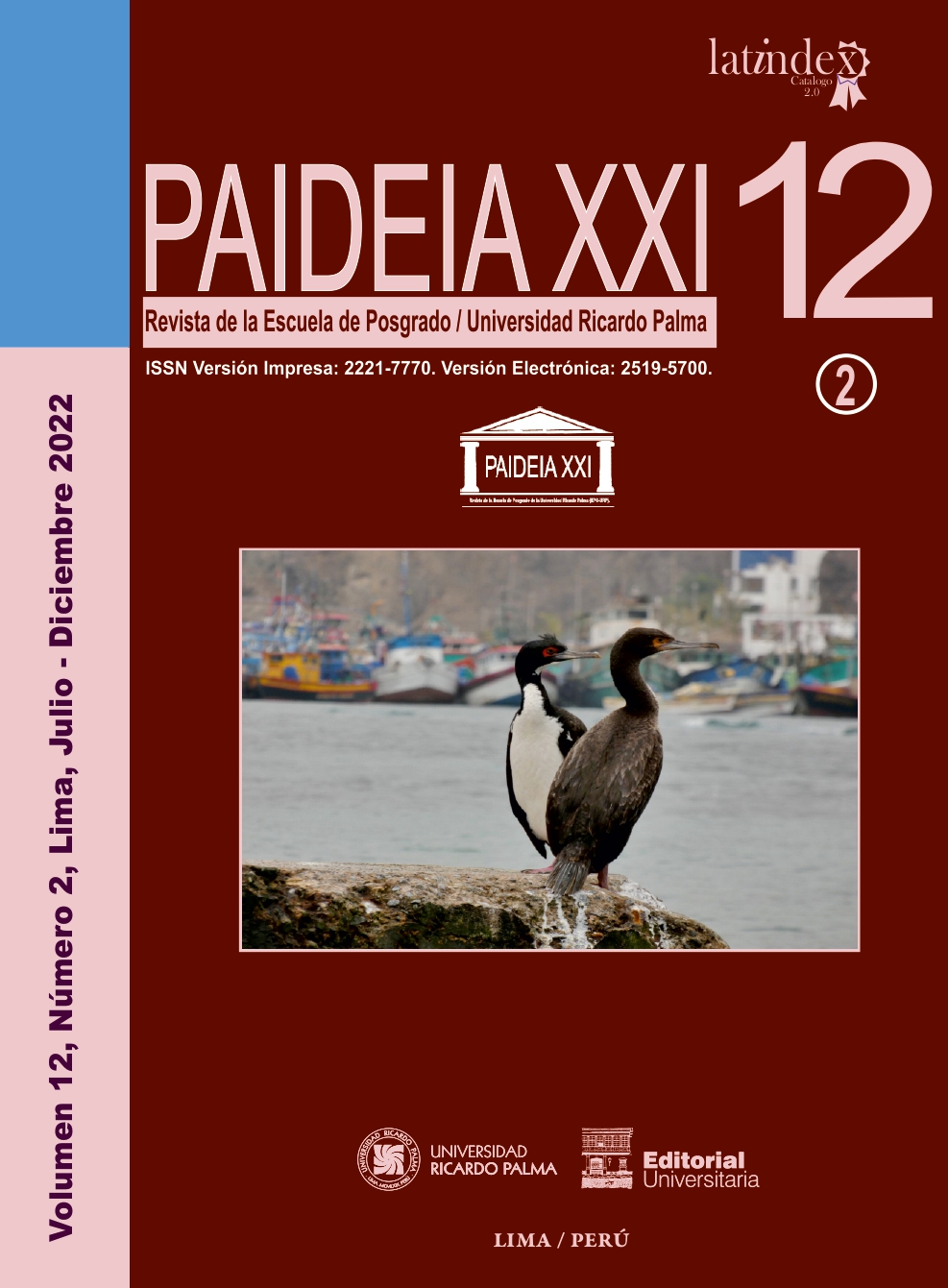EXOGENOUS LARVARY FEEDING AND SURVIVAL OF ORESTIAS LUTEUS VALENCIENNES, 1846 UNDER CONTROLLED CONDITIONS
DOI:
https://doi.org/10.31381/paideiaxxi.v12i2.5011Keywords:
acuicultura, alimentación, crecimiento, dieta viva, invertebradosAbstract
The aim of the study was to describe the exogenous larval feeding and survival of Orestias luteus (Valenciennes, 1846) under controlled conditions. The study was carried out in the prototype culture laboratory of the Fundación Titicaca Perú (FUNTI-PERU) in the city of Puno, Peru. Biological material was used, 896 units of O. luteus larvae where it was distributed in three treatments and with three repetitions: 1st) T1 = 299 units, 2nd) T2 = 300 units and 3rd) T3 = 297 units. Three replicate treatments were considered: 1st) larvae fed with newly hatched Artemia salina (Linnaeus, 1758) nauplii / artemia, Brand Mackay Marine, 2nd) Artemia salina + Ceriodaphnia dubia (Richard, 1894), and 3rd) C. dubia + Daphnia pulex (Linnaeus, 1758). When comparing survival in O. luteus according to the experimental treatments of exogenous feeding with live foods, there were statistically significant differences. The experimental treatment with A. salina + C. dubia was 100% and showed differences compared to feeding between A. salina (97.65) and C. dubia + D. pulex (98.66). O. luteus larvae adapted to feeding on live organisms where the combination of A. salina + C. dubia was ideal for survival. It is concluded that feeding with living organisms: A. salina, C. dubia and D. pulex allow the survival of O. luteus in controlled conditions where the combined treatment with A. salina and C. dubia is the most favorable.
Keywords: aquaculture – feeding – growing – live diet












